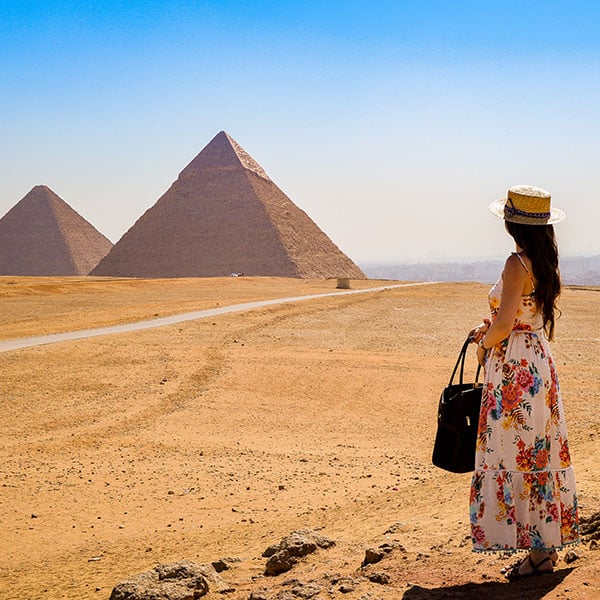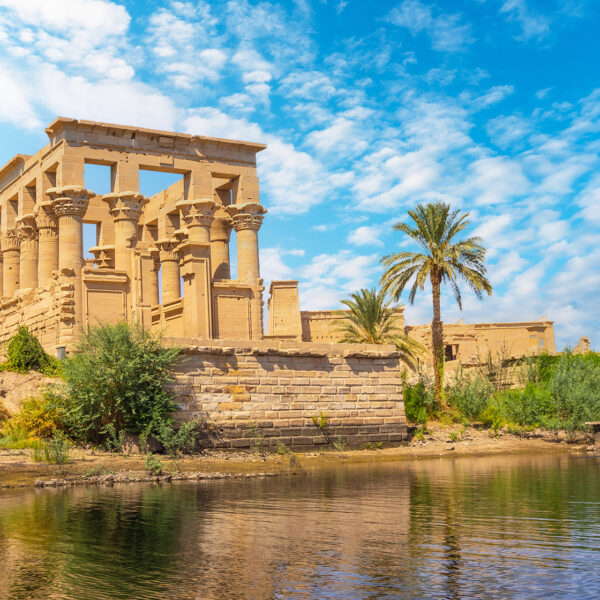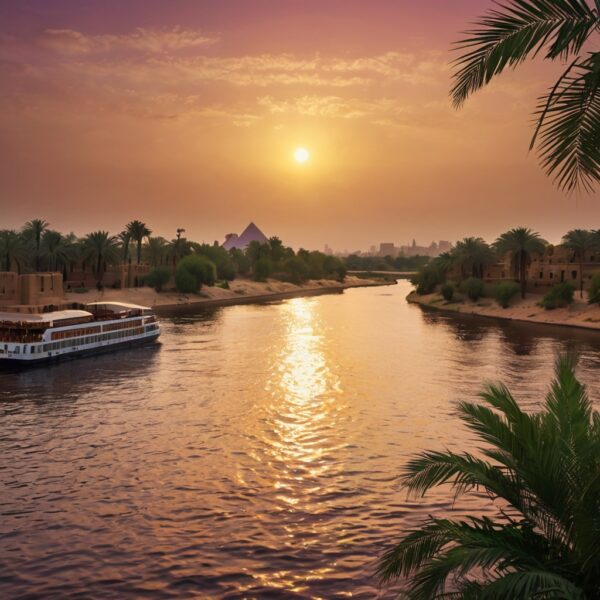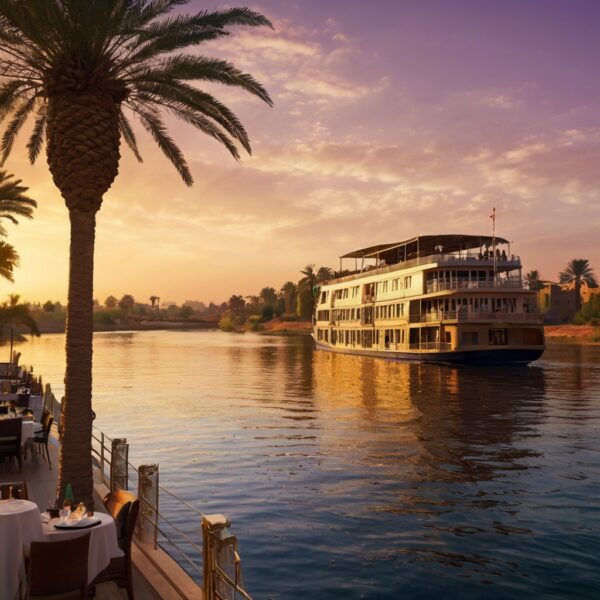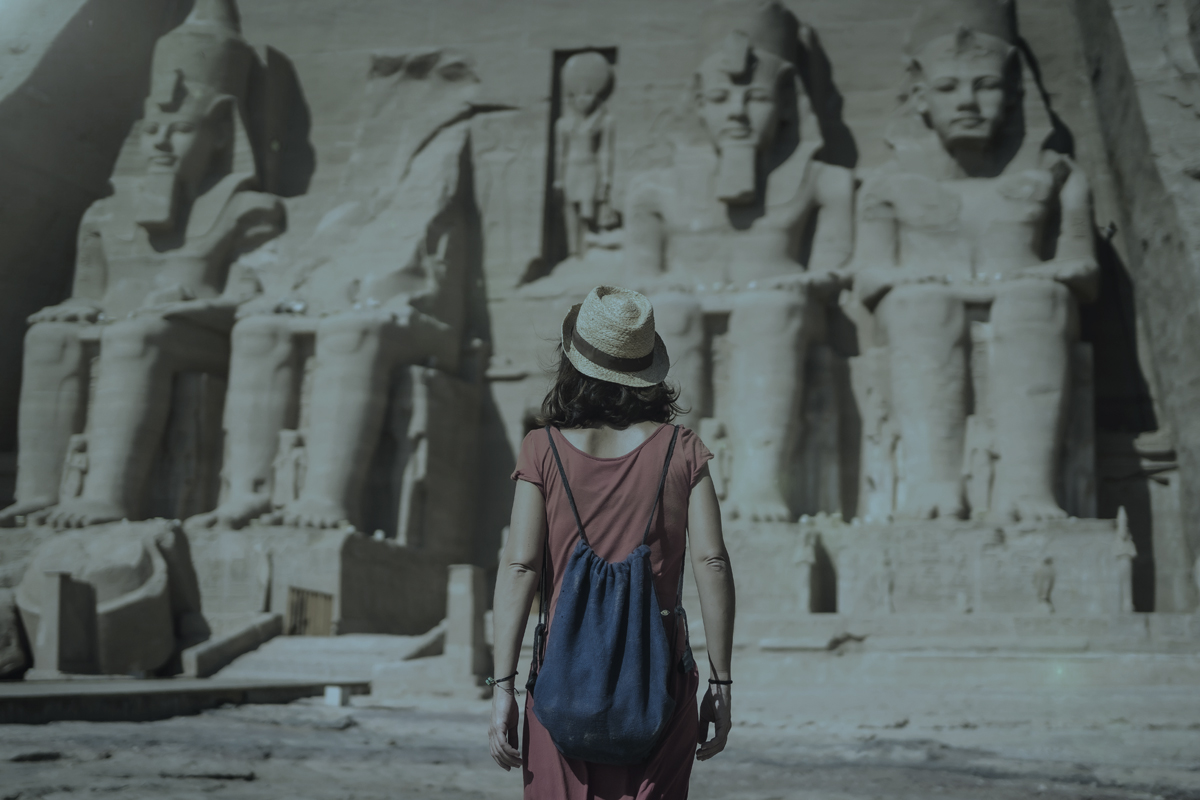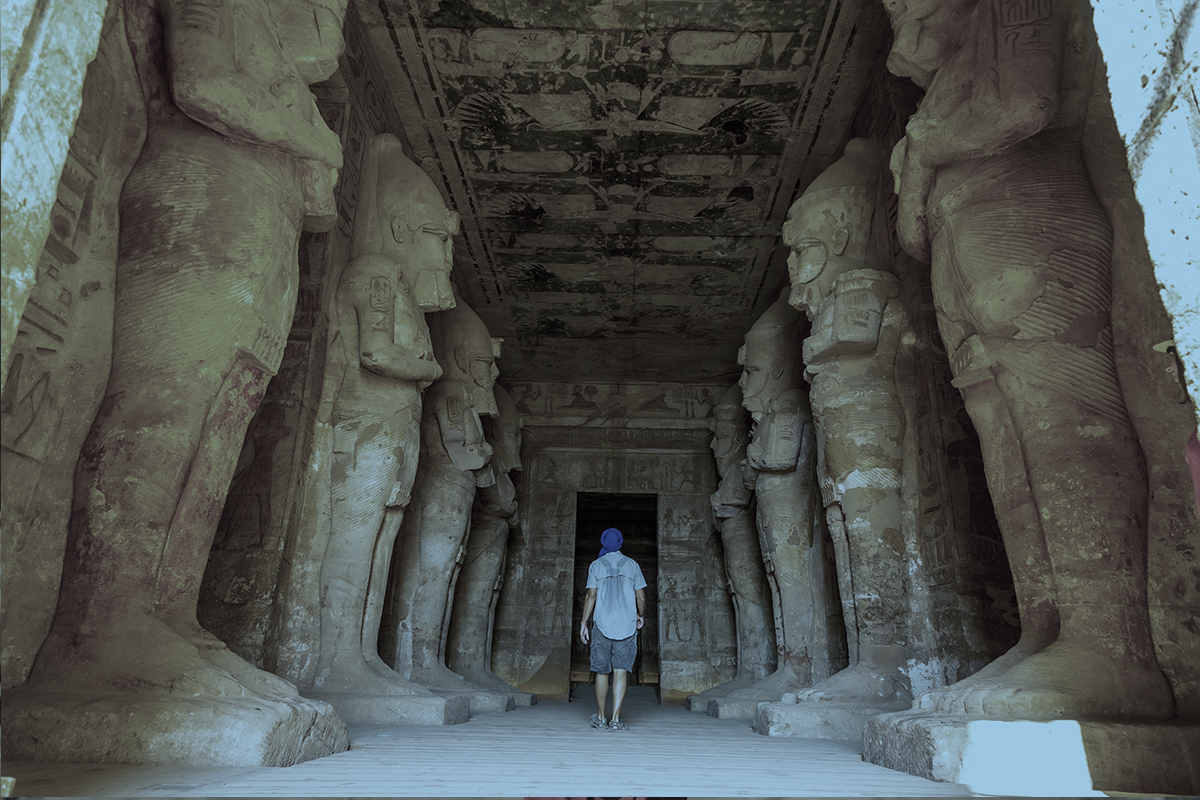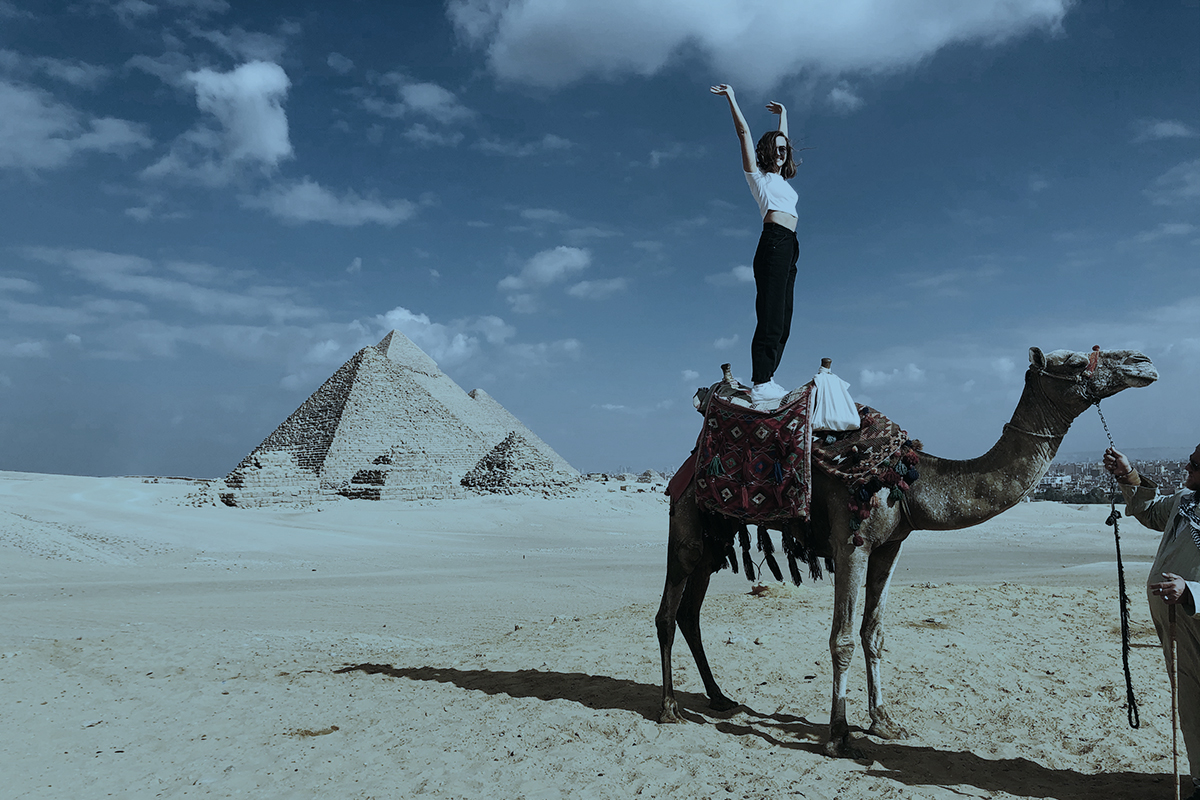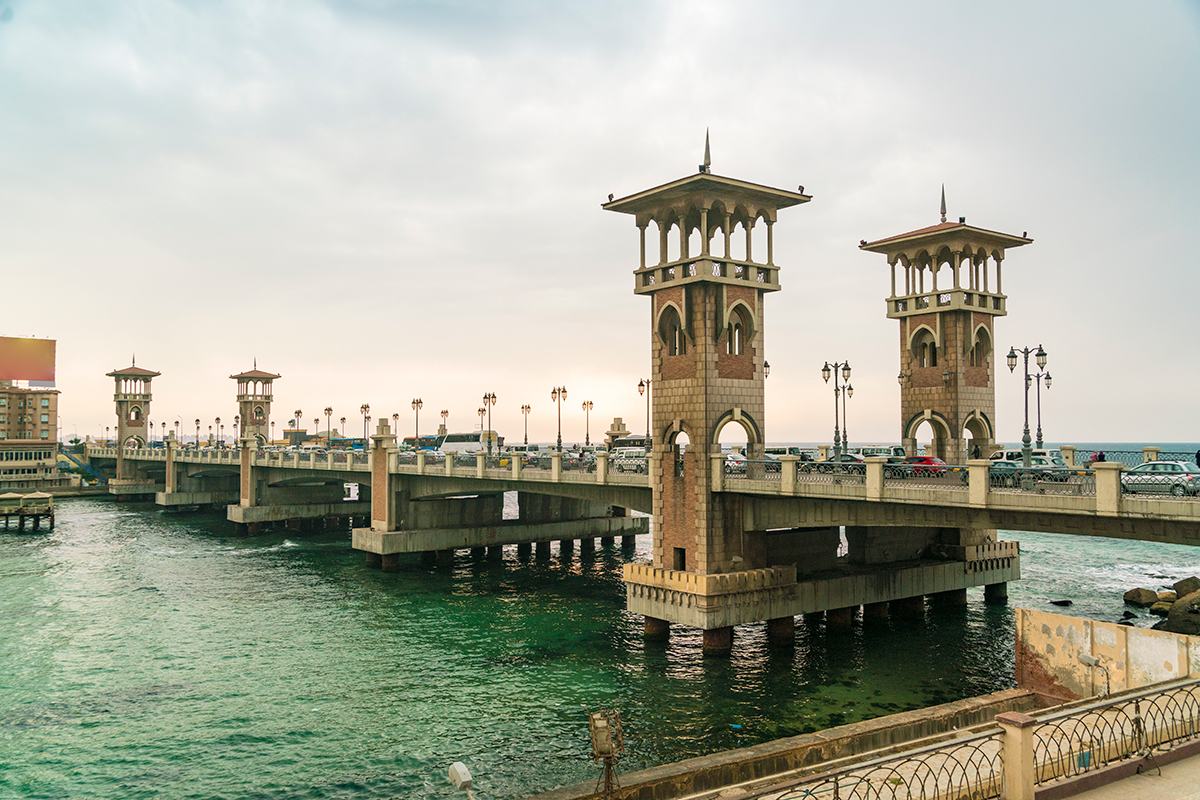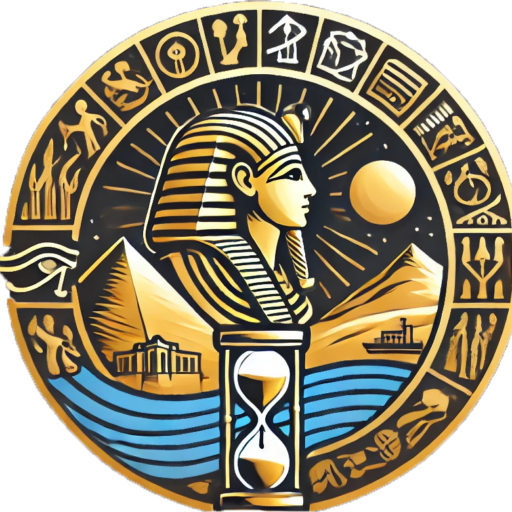The Sphinx
2558–2532 BC
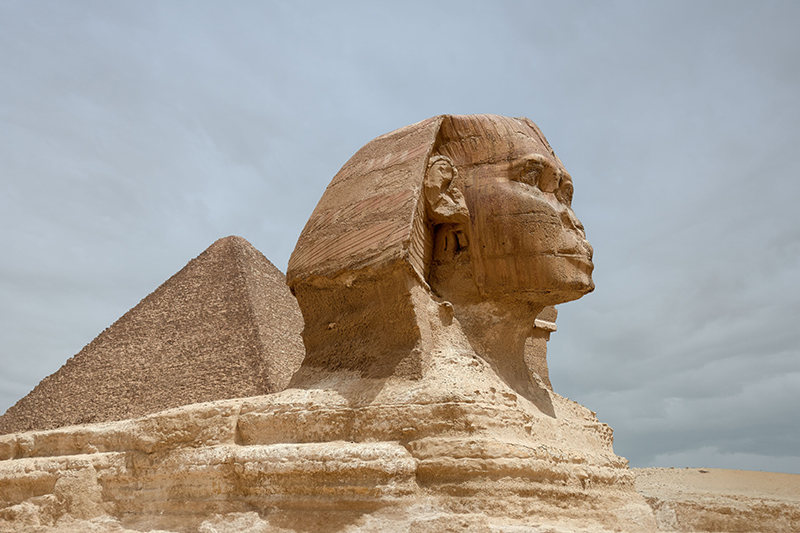
The Timeless Guardian of the Giza Plateau
The Great Sphinx of Giza, with the body of a lion and the head of a pharaoh, is one of the most enigmatic and awe-inspiring monuments in Egypt. Standing proudly on the Giza Plateau in front of the Pyramid of Khafre, the Sphinx has been guarding the Giza necropolis for nearly 4,500 years. It is considered the largest monolith statue in the world, symbolizing strength, wisdom, and mystery.
History & Significance
Believed to have been carved during the reign of Pharaoh Khafre around 2558–2532 BC, the Great Sphinx is a masterpiece of ancient Egyptian art and engineering. While its exact purpose remains a mystery, many historians and archaeologists believe it was built to guard the Giza pyramids and serve as a symbol of royal power.
The Sphinx’s face is thought to represent Pharaoh Khafre himself, aligning the monument with the pyramids of his dynasty. Over the centuries, the Sphinx has endured natural erosion and human destruction, yet it remains a testament to the resilience of ancient Egyptian craftsmanship.
Architecture & Design
- Length: The Sphinx stretches 73 meters (240 feet) in length, making it the largest stone sculpture in the ancient world.
- Height: At 20 meters (66 feet) high, the monument towers over visitors.
- Carved from Limestone: The Sphinx was carved directly from the bedrock of the Giza Plateau, showcasing the ingenuity of ancient stonework.
- Missing Nose and Beard: Historical records and archaeological evidence suggest that the Sphinx’s nose was destroyed in antiquity, and its royal ceremonial beard is now on display in the British Museum.
Visitor Information
- Location: Situated on the Giza Plateau, just in front of the Pyramid of Khafre.
- How to Get There: Accessible by car, taxi, or ride-sharing from Cairo. Guided tours often include both the Sphinx and the Pyramids of Giza in their itineraries.
- Best Time to Visit: Early morning or late afternoon is ideal to avoid the heat and larger crowds.
- Entrance Fees: Entry to the Sphinx is typically included with general admission to the Giza Plateau.
- General admission: 200 EGP (~$6 USD)
What to Expect During Your Visit
- Guided Tour Information: A guided tour offers deep insights into the symbolism, architecture, and history of the Sphinx, as well as access to nearby pyramids.
- Must-See Spots:
- Front View: The most iconic shot of the Sphinx can be taken from its front, showcasing the massive paws and regal head.
- Panoramic View: For a breathtaking shot of the Sphinx with the Pyramids of Giza in the background, head to the designated photo spot.
- Terrain: Sandy desert surroundings with some rocky areas near the base, so comfortable walking shoes are recommended.
Insider Tips & Fun Facts
- Interesting Fact: The Great Sphinx has inspired countless legends, from ancient Egyptian mythology to modern-day conspiracy theories. Some believe it holds secret chambers, while others speculate about its role in ancient astronomical observations.
- Photography Tips: To capture the best photos, visit during the late afternoon when the light softens, giving the Sphinx a golden glow.
- Nearby Attractions: After visiting the Sphinx, be sure to explore the Pyramid of Khafre and the Solar Boat Museum for a full Giza experience.
Era
- Built: Around 2558–2532 BC during the reign of Pharaoh Khafre.
- Ruler: Pharaoh Khafre.
Conclusion
The Great Sphinx of Giza is not just a monument—it’s a symbol of Egypt’s enduring legacy. Standing before the Sphinx, visitors can feel the presence of the ancient world, where pharaohs ruled and myths were born. Don’t miss your chance to explore this majestic guardian of the Giza Plateau. Book a tour with Egyptian Moments Tours today to experience the wonder of the Sphinx up close.
Related Tours
- Quality4.6
- Location4.4
- Amenities4.2
- Services4.2
- Price4.4
Best of Cairo and Luxor Tour
- Quality4.6
- Location4.4
- Amenities4.2
- Services4.2
- Price4.4
Full Day Giza Tour
- Home
- The Sphinx
Monument Information
Year Built:
Around 2558–2532 BC
Location:
Giza Plateau
Dimensions:
Length: 73 meters (240 feet)
Height: 20 meters (66 feet)
Materials Used:
Carved from limestone bedrock
Est. Visitors /Year:
Over 2 million annually
UNESCO Heritage Status:
World Heritage Site since 1979
Terrain:
Sandy desert plateau with some rocky areas near the base of the monument
Related Tours
- Quality4.6
- Location4.4
- Amenities4.2
- Services4.2
- Price4.4
Nile Cruise from Luxor
- Quality4.6
- Location4.4
- Amenities4.2
- Services4.2
- Price4.4
Nile Cruise from Aswan
- Quality4.6
- Location4.4
- Amenities4.2
- Services4.2
- Price4.4



